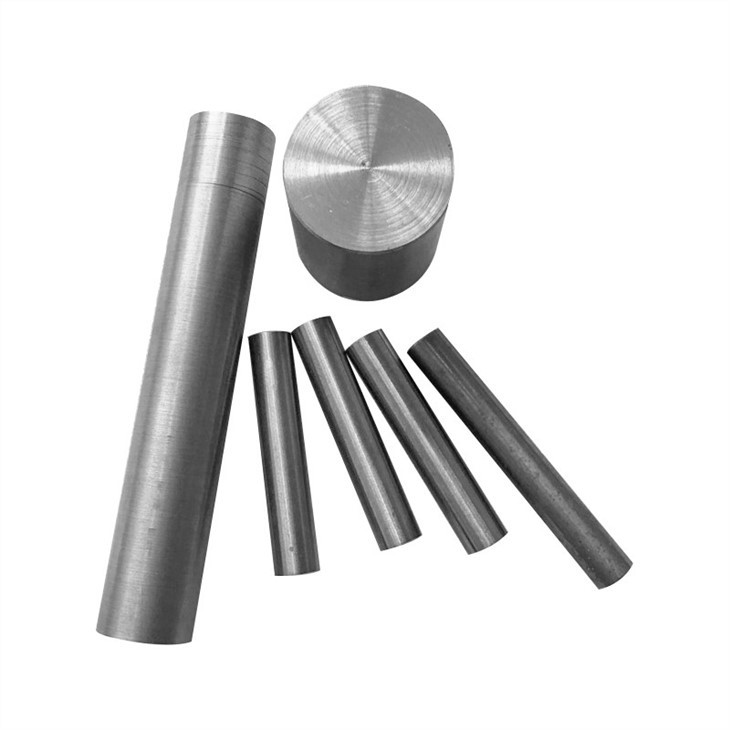Industry standards and specifications for tungsten rods ensure uniformity in quality, dimensions, and properties, facilitating their use in various applications. Here are some common standards and specifications:
1. ASTM Standards:
ASTM B777: Standard Specification for Tungsten Heavy Alloy Rod and Bar.
ASTM B760: Standard Specification for Tungsten, High Purity.
ASTM F288: Standard Specification for Tungsten-Tungsten Heavy Alloy, Composite, Rod, Plate, and Strip for Medical Applications.
2. ISO Standards:
ISO 3878: Hardmetals – Vocabularies and Terms.
ISO 8067: Specification for Unalloyed Tungsten Rods for High-Temperature Applications.
3. MIL-Spec (Military Specifications):
MIL-T-21014: Tungsten Base Metal, High-Density.

4. DIN Standards:
DIN 17562: Wrought Tungsten and Molybdenum Materials.
Common Specifications to Consider:
1. Purity:
High Purity Tungsten: Typically >99.95% tungsten by weight.
Standard Purity: 99.5% tungsten.
2. Dimensions and Tolerances:
Diameter: Specified in millimeters or inches, with common diameters ranging from 0.5 mm to several centimeters.
Length: Specified in millimeters or inches, often available in standard lengths or cut to customer specifications.
Tolerances: Specified for diameter, length, and straightness. Precision-ground rods have tighter tolerances compared to standard rods.
3. Mechanical Properties:
Tensile Strength: Defined by specific requirements of the application.
Hardness: Measured on the Mohs scale or Rockwell hardness scale.
Density: Should conform to the specified range, usually around 19.3 g/cm3 for pure tungsten.
4. Surface Finish:
Surface Roughness: Defined according to the application requirements. Precision applications may require polished or ground surfaces.
Condition: Can be supplied in sintered, forged, or machined conditions.
5. Certifications:
Material Certification: Suppliers often provide certifications that include chemical composition, mechanical properties, and compliance with relevant standards.
Quality Assurance: Ensures that the rods meet specified industry standards and customer requirements.
Examples of Specifications:
Tungsten Heavy Alloy Rods:
Composition: 90-97% tungsten with nickel, iron, or copper as the remaining components.
Density: Typically around 17-18.5 g/cm3.
Applications: Aerospace, military, and medical.
Pure Tungsten Rods:
Composition: >99.95% tungsten.
Density: Approximately 19.3 g/cm3.
Applications: High-temperature furnaces, electronics, and lighting.
Medical-Grade Tungsten Rods:
Composition: Meets strict purity and biocompatibility standards.
Surface Finish: Often requires a specific finish for medical devices and implants.
Custom Specifications:
Custom Dimensions and Tolerances: Based on specific application requirements.
Alloying Elements: For specific properties, custom alloy compositions can be specified.
By adhering to these industry standards and specifications, manufacturers ensure that tungsten rods meet the required quality and performance criteria for various applications. Always refer to the latest version of the relevant standards for the most accurate and up-to-date information.












